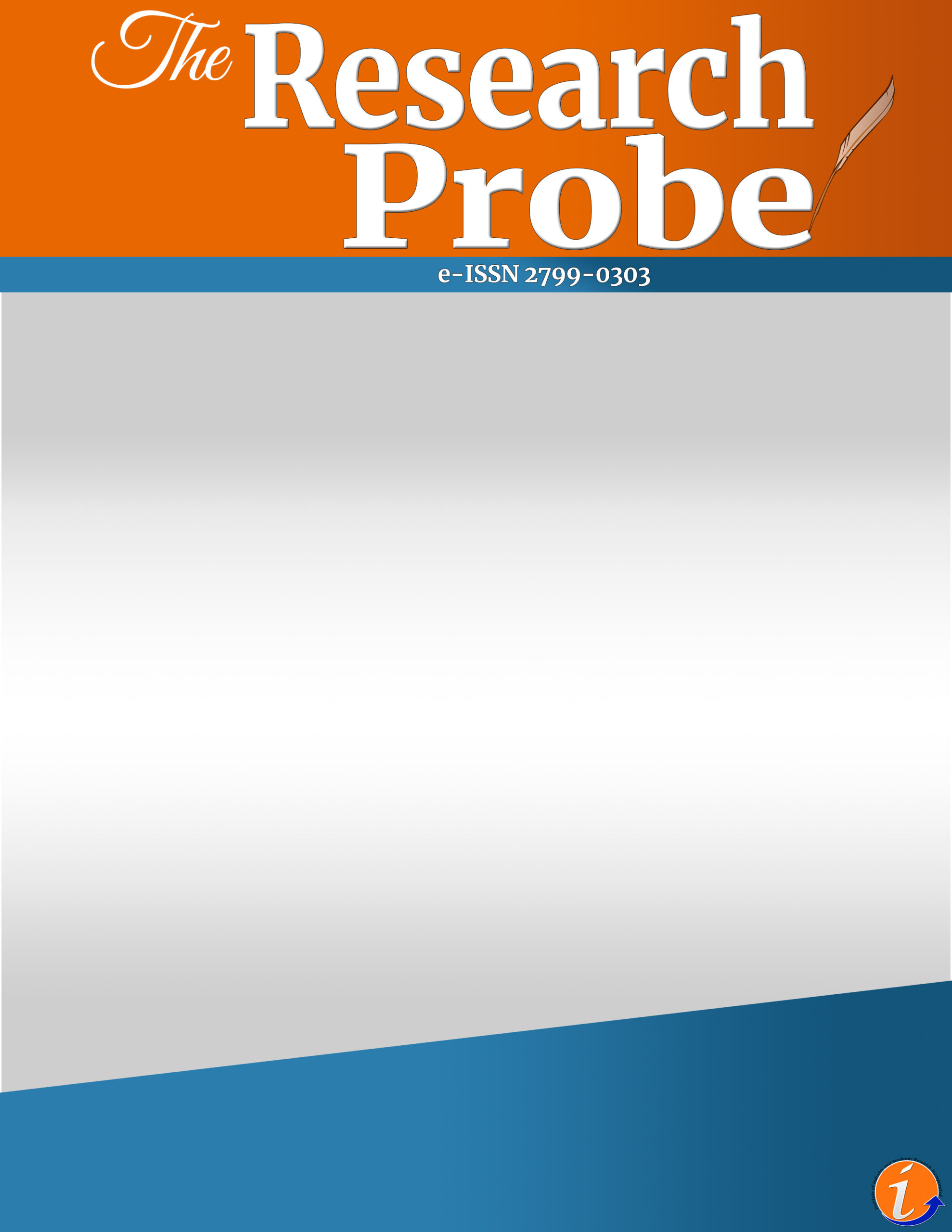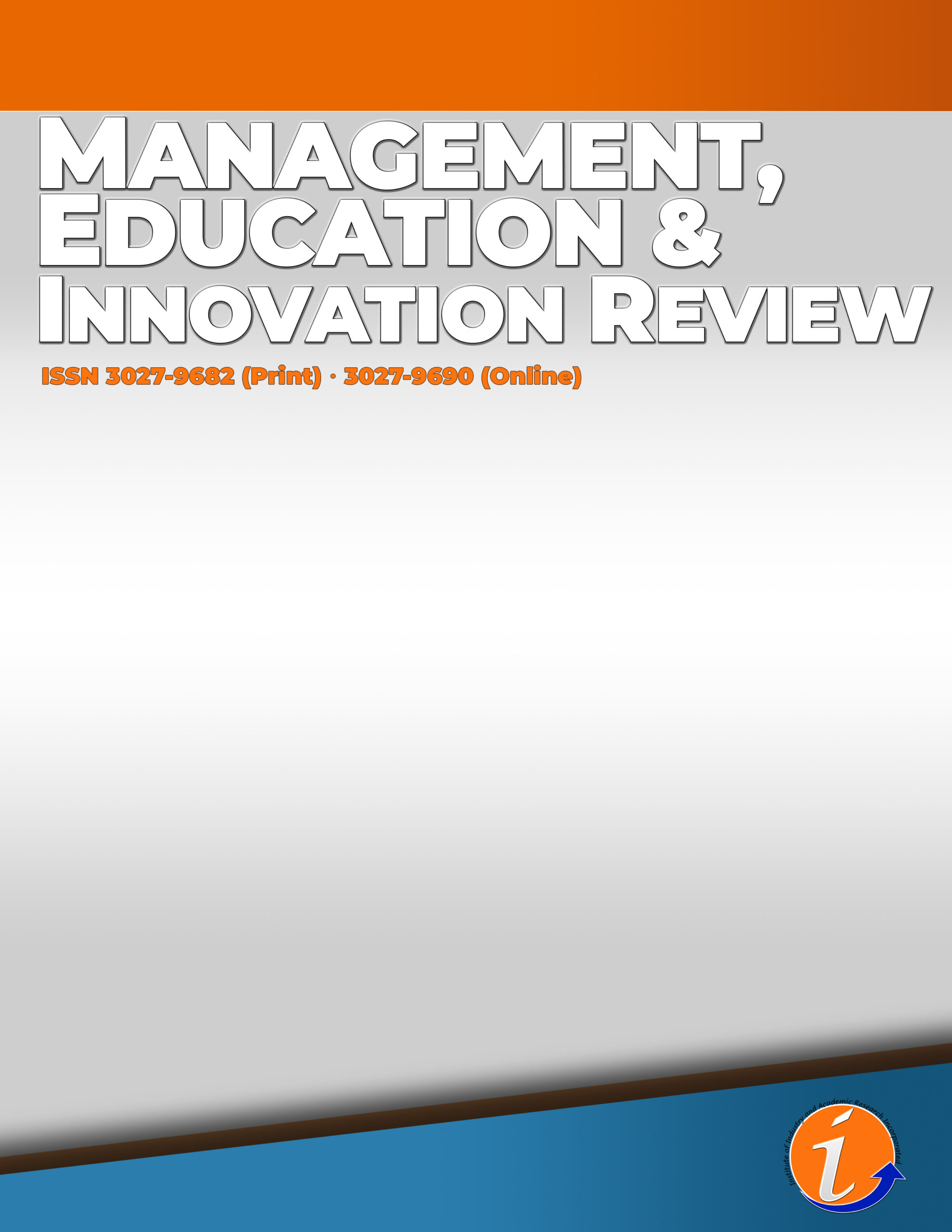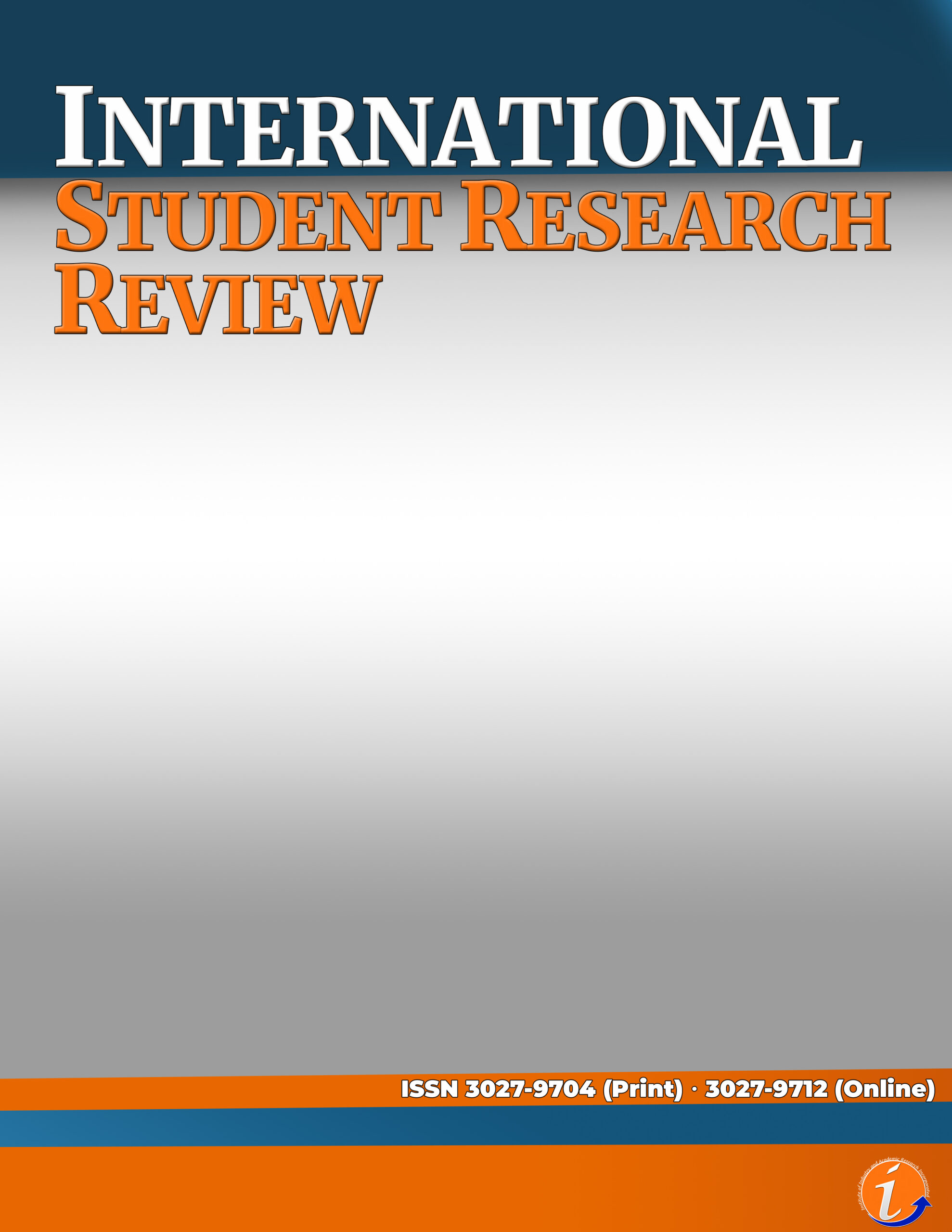Abstract
This study explored the challenges of using English as a medium of instruction in four secondary schools in the District of Pandan. Descriptive qualitative design was used and data from the interview were collected from 18 public secondary school teachers of Grade 7 in English, Mathematics, and Science during the school year 2022 – 2023 and their challenges in using English as medium of instruction were analyzed. The findings revealed that teachers could hardly facilitate learning using the language because learners could not comprehend English language. Since learners were not native speakers of English, teachers used code-switching or integrate Filipino or local language in instructions. One of the causes for such a practice is attributed to the fact that learners do not use and practice the language due to the delay in the face to face modality of instruction caused by the pandemic. Thus, learners were not exposed to the language. However, all schools were very supportive to bridge the gap in reading and comprehension problems of the learners. Exposing learners to English reading materials and practicing them to read every day was a big factor to enhance reading and comprehension skills.
Keywords: Challenges. Difficulties. Coping Mechanisms. Instructional Support. Medium of Instruction
*This paper is presented at the 4th International Conference on Multidisciplinary Industry and Academic Research (ICMIAR) 2023
References
Ahern, K. (1999). Ten tips for reflexive bracketing. Qualitative health research, 9(3), 407–411.
Anfara, V. A., Brown, K. M., & Mangione, T. L. (2002). Qualitative analysis on stage: Makingthe research process more public. Educational researcher, 31(7), 28–38.
Ayers, J. (1986). Perceptions of speaking ability: An explanation for stage fright.Communication Education, 35, 275–287.
Ayres, J., & Hopf, T. S. (1985). Visualization: A means of reducing speech anxiety.Communication Education, 34, 318–323.
Ayres, J., Heuett, B., & Sonandre, D. A. (1998). Testing a refinement in an intervention for communication apprehension. Communication Reports, 11, 73–84.
Ayres, J., Hopf, T., & Peterson, E. (2000). A test of communication-orientation Motivation(COM) therapy. Communication Reports, 13, 35–44.
Barraclough, R. A., Christophel, D. M., & McCroskey, J. C. (1988). Willingness to communicate: A cross-cultural investigation. Communication Research Reports, (5)2,187-192.
Bazeley, P. (2013). Qualitative data analysis: Practical strategies. Thousand Oaks, CA: Sage Publications and performance anxiety. Communication Quarterly, 35(2), 202–217.
Beatty, M. J., & McCroskey, J. C. (2000). Theory, scientific evidence, and the Communication biological paradigm: Reflections of misguided criticism. CommunicationEducation, 49, 36–44.
Beatty, M. J. & McCroskey, J. C. (2009). A communication biological perspective on Communicationapprehension. In J. A. Daly, J. C. McCroskey, J. Ayres, T. Hopf, D. M. Ayres Sonandre’, & T. K. Wongprasert. Avoiding communication: Shyness, reticence, and communicationapprehension. (3rd ed., pp. 53–66). Cresskill, NJ: Hampton Press.
Beatty, M. J., Kruger, M. W., & Springhorn, R. G. (1976). Towards the development ofcognitively experienced speech anxiety scales. Central States Speech Journal, 27, 181– 186.
Beatty, M. J., McCroskey, J. C., & Heisel A. D. (1998). Communication apprehension astemperamental expression: a communibiological paradigm. CommunicationMonographs, 65, 197-219.
Blume, B. D., Baldwin, T. T., & Ryan, K. C. (2013). Communication apprehension: Abarrier tostudents’ leadership, adaptability, and multicultural appreciation. Academy ofManagement Learning & Education, 12(2), 158–172.
Blume, B. D., Dreher, G., & Baldwin, T. T. (2010). Examining the effects of Communicationapprehension within assessment centres. Journal of Occupational and OrganizationalPsychology, 83, 663–671. B explaining, and treating public speaking anxiety. Communication Education, 59(1), 70–105.
Bodie, G. D., Honeycutt, J. M., & Vickery. A. J. (2013). An analysis of the Correspondence between imagined interaction attributes and functions. Human Communication Research,39, 157–183.













